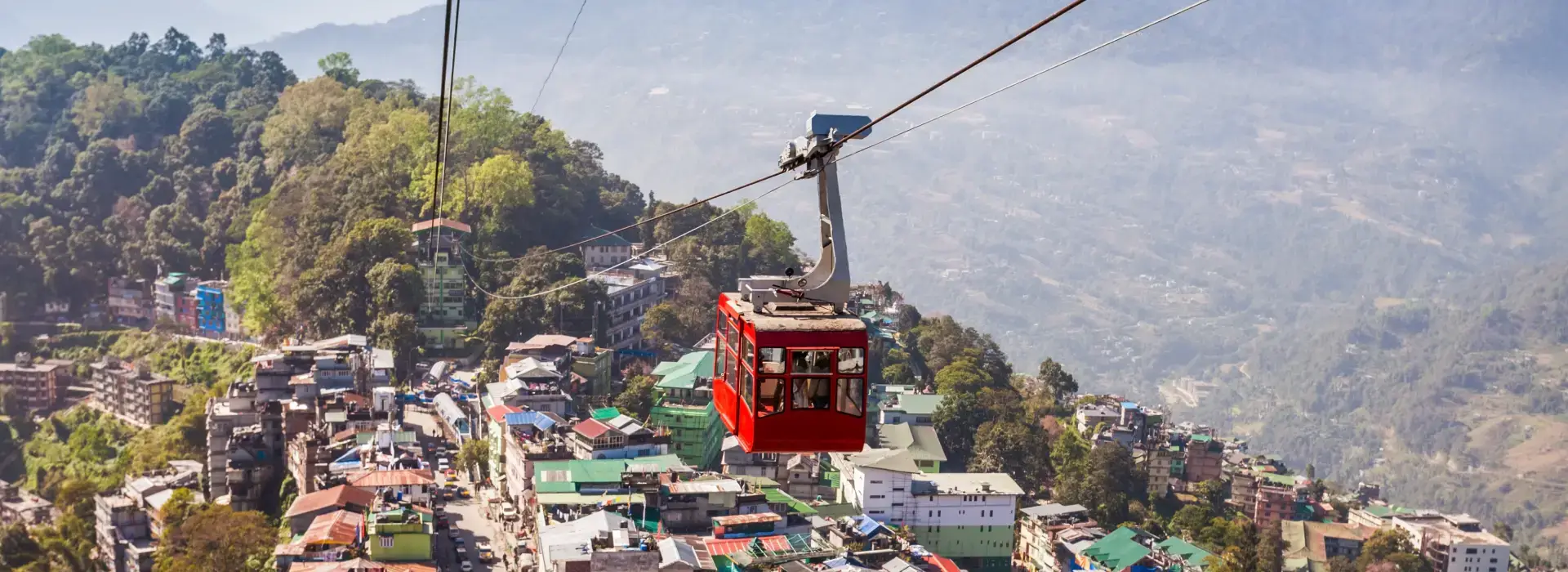 Sikkim Tours Online
Sikkim Tours Online
 Sikkim Tours Online
Sikkim Tours Online

Art and Craft of Sikkim
The art and craft of Sikkim showcase the state’s rich cultural heritage, shaped by its diverse tribes and communities, including the Lepchas, Bhutias, and Nepalese. The strong influence of Tibetan and Buddhist traditions is evident in the region’s thangka paintings, which depict sacred Buddhist themes. Exquisite wood carvings, handwoven woolen carpets, traditional masks used in religious dances, and intricately crafted prayer wheels further highlight the spiritual and artistic depth of Sikkim’s craftsmanship.
The Lepchas who are believed to be the first inhabitants of Sikkim are known for their traditional weaving skills, creating bedspreads, bags, belts, curtains, cushion covers, table mats, tray cloths, and traditional dress. They also craft bamboo and cane items such as baskets, mats, and traditional Lepcha hats called Sumok Thyaktuk.
The Bhutia tribe, on the other hand, is renowned for thangka painting, a sacred art form depicting Buddhist deities and teachings, often displayed in monasteries and homes. The Bhutia women are considered to be experts in carpet weaving. The Nepalese community adds to Sikkim’s artistic diversity with their stone carving, metalwork, and handmade jewelry. Traditional paper-making, an ancient craft, is also practiced, using natural fibers to create eco-friendly paper for religious texts and art.

Handcrafted by the women of the Bhutia community, these exquisite carpets are woven on traditional looms using wool or cotton. Their creation demands significant time, effort, and meticulous attention to detail, making these carpets highly sought-after products.
The Bhutia tribe plays a significant role in preserving the art of thangka painting in Sikkim. Rooted in Tibetan Buddhism, Bhutia artisans meticulously hand-paint religious motifs and deities on cotton or silk using natural pigments. Their intricate work reflects spiritual devotion and artistic mastery, with thangkas often displayed in monasteries and homes for meditation and ceremonies.
Masks in traditional dances showcase Sikkim’s artistry with wood, metals, fibers, clay, and paints. Each mask is unique, customized to the dancer, or for ceremonial purposes. The most elaborate masks with intricate carvings and details can take months to complete by skilled artisans as valuable cultural artifacts of the art and craft of Sikkim.
Here are quick links to explore the Sikkim Tours Online website and find important information about Sikkim travel, tourism, and holiday packages.